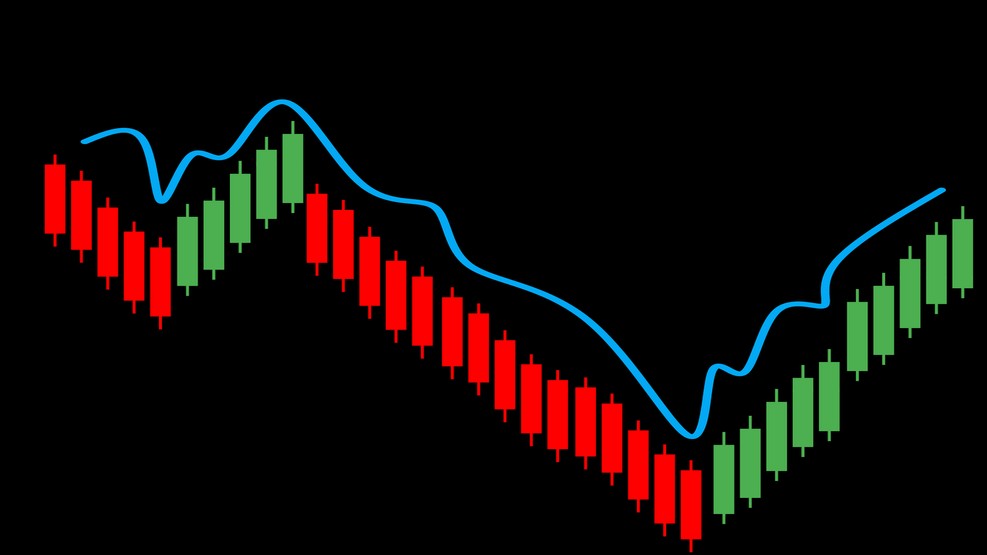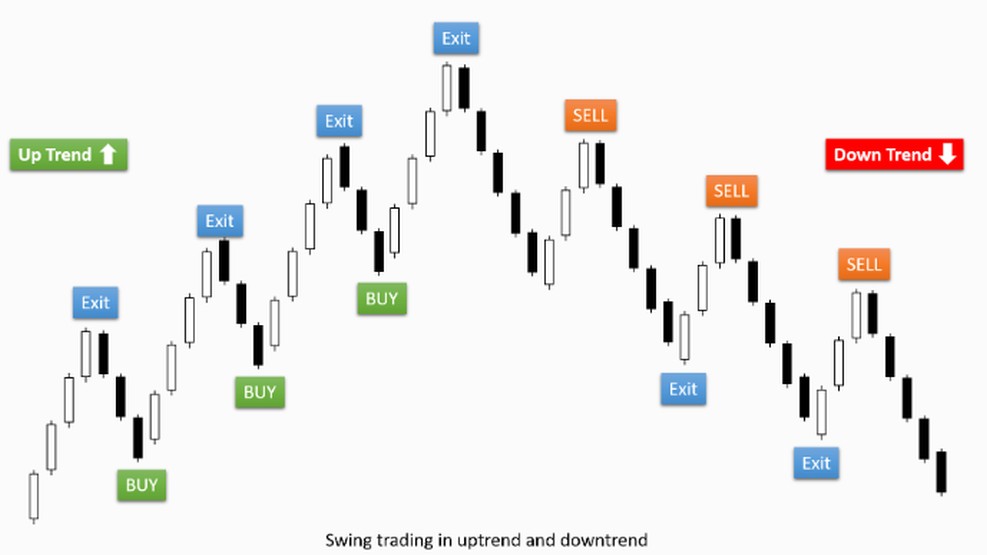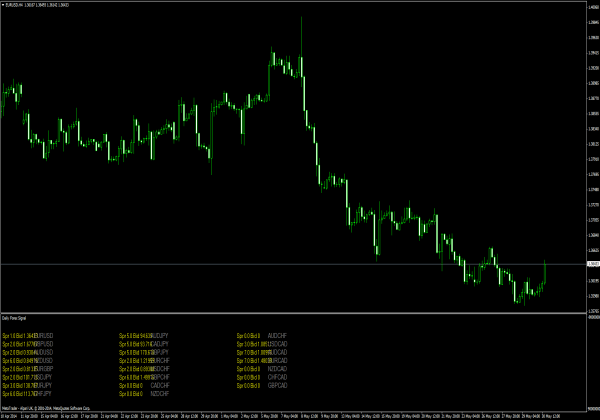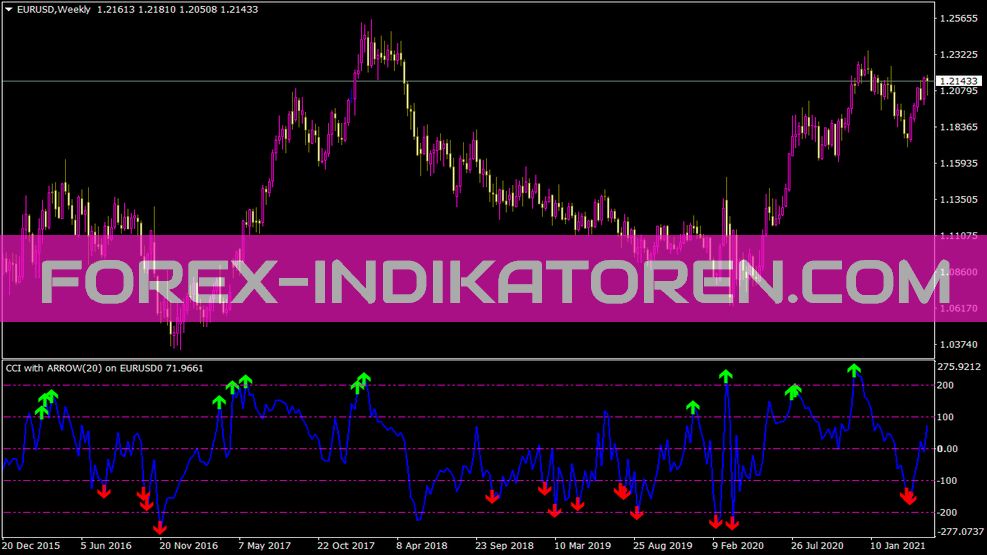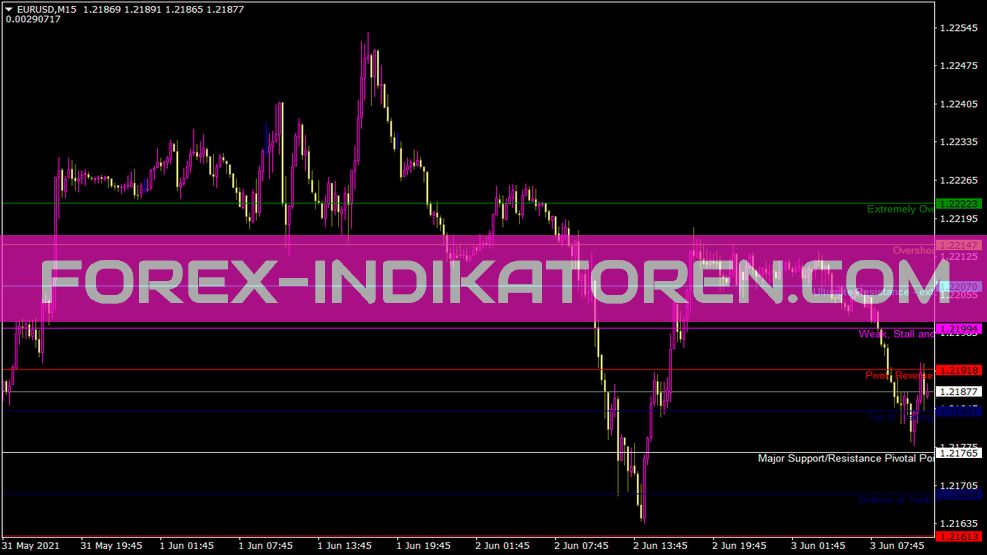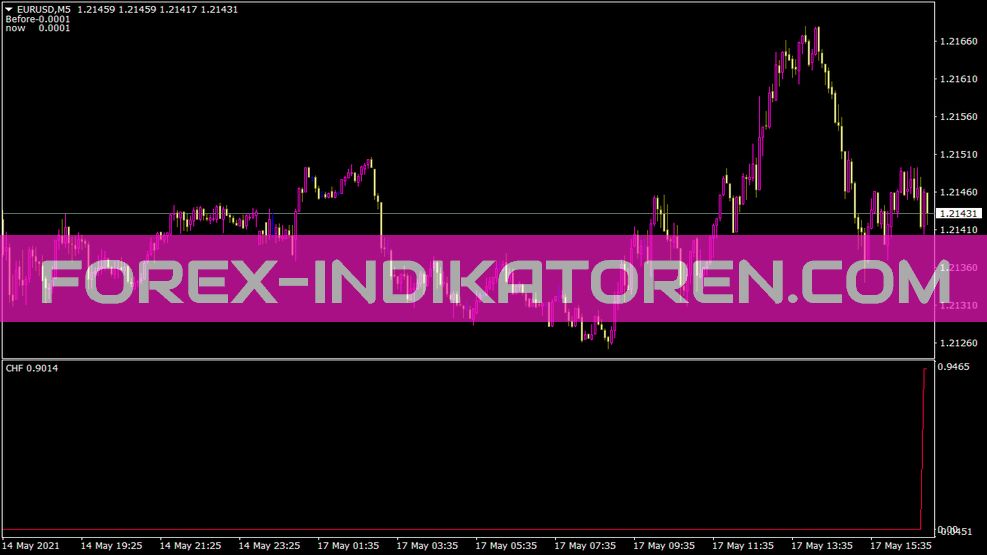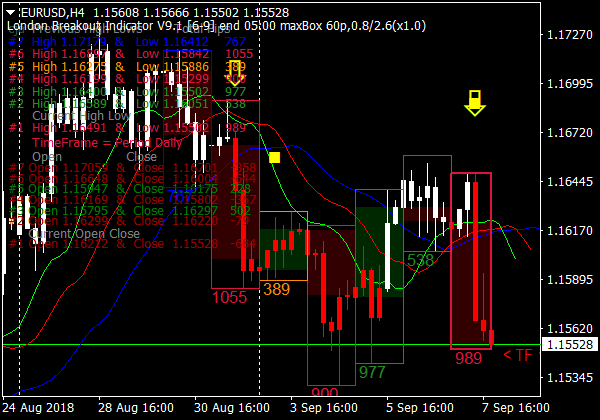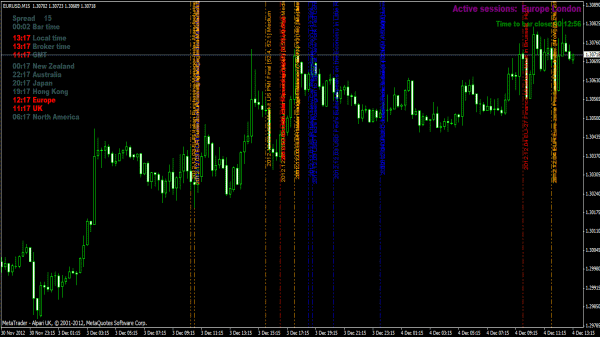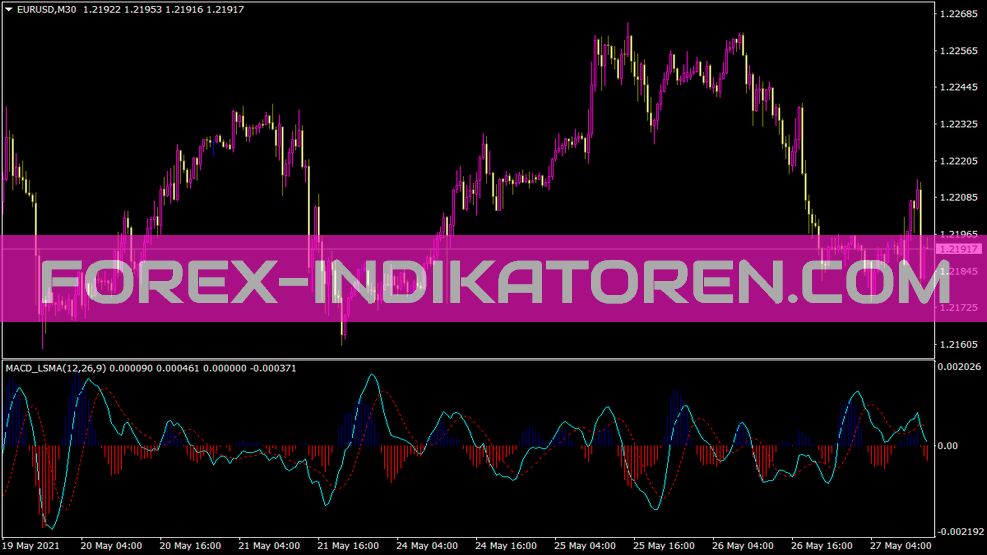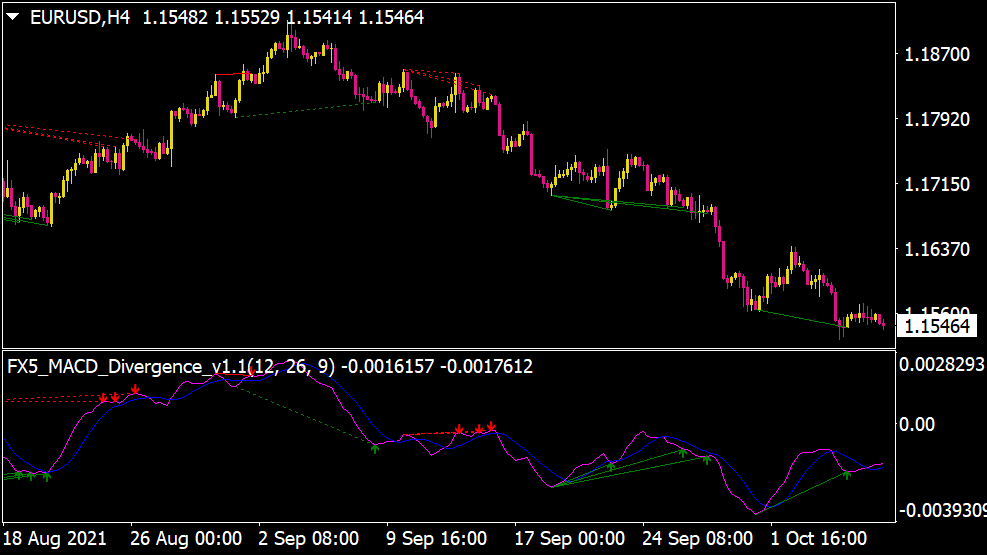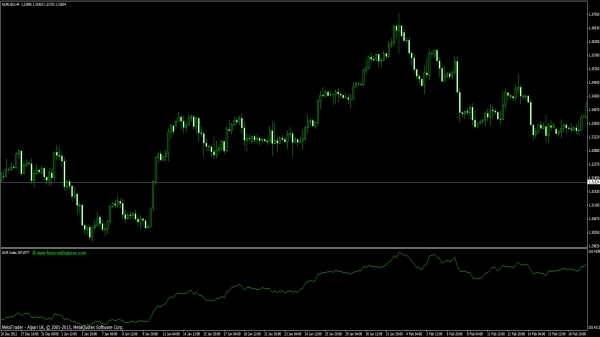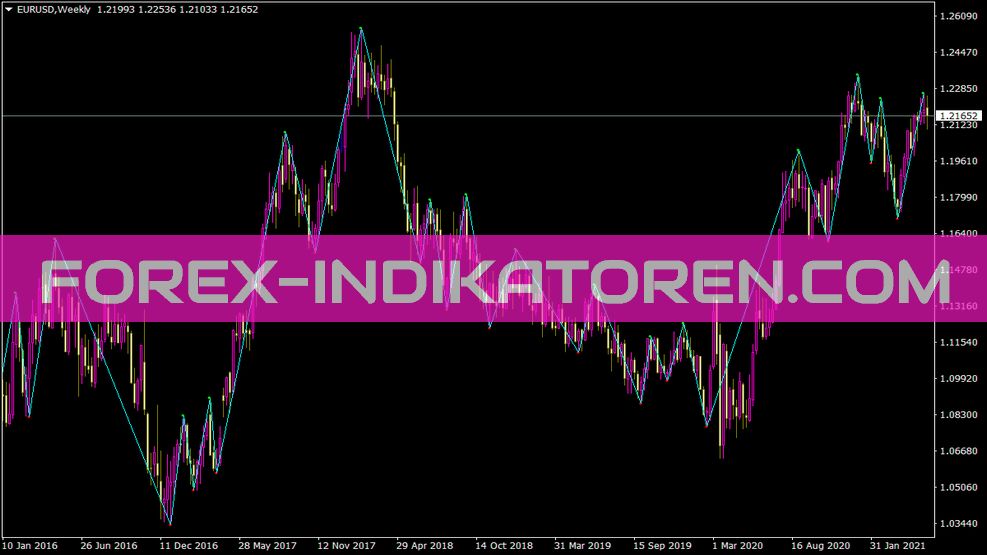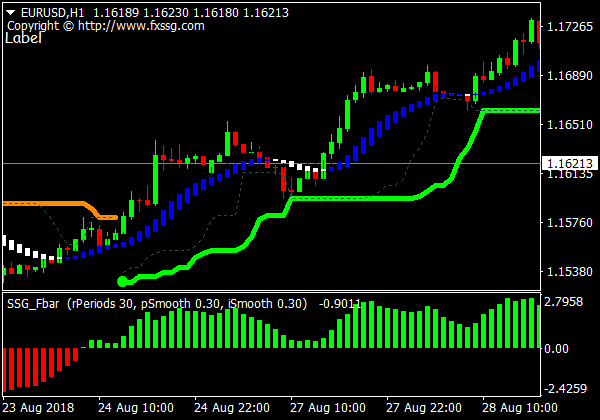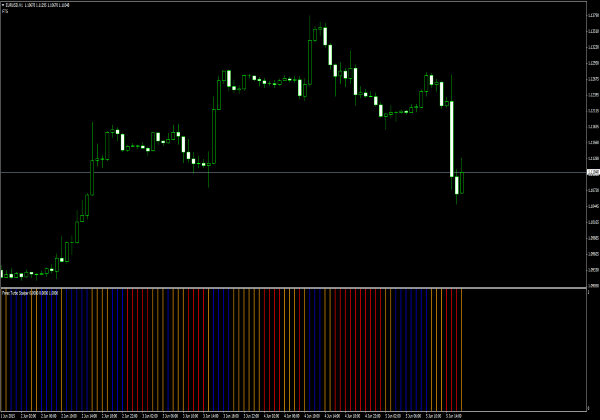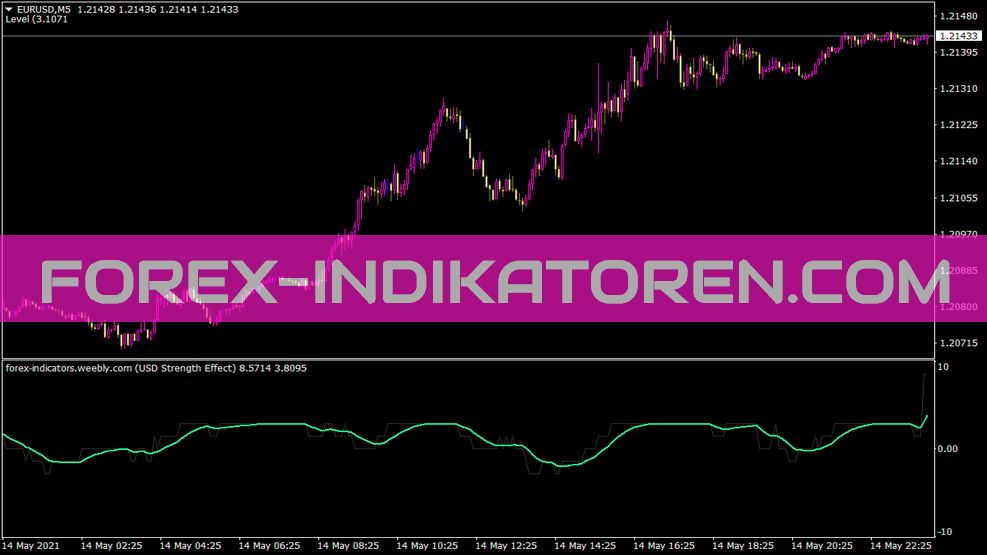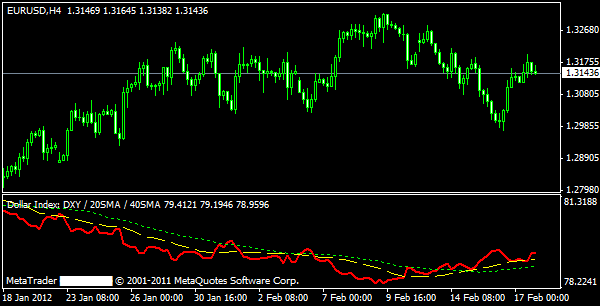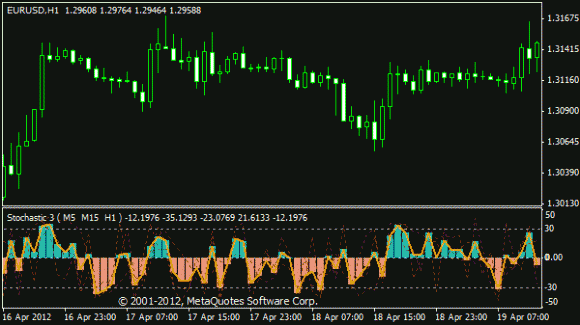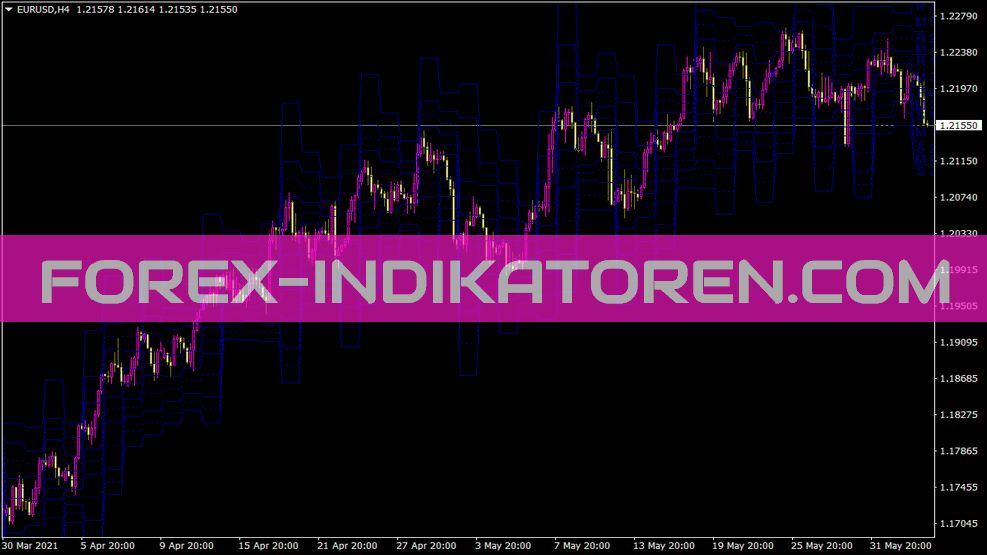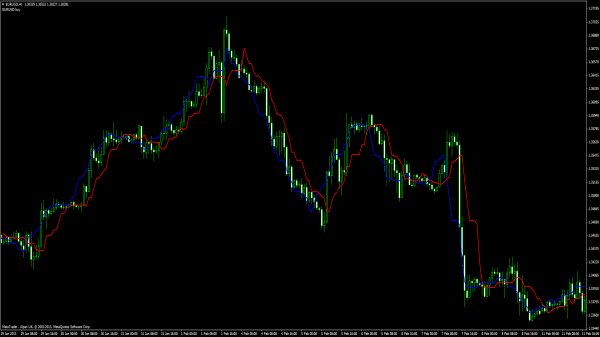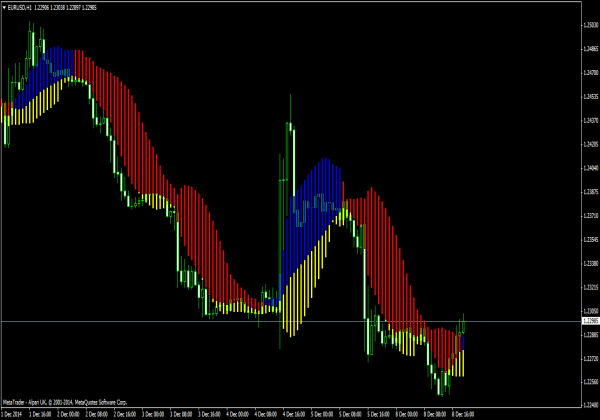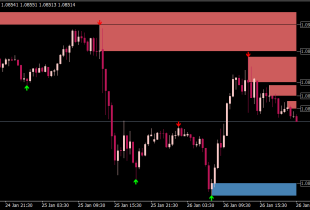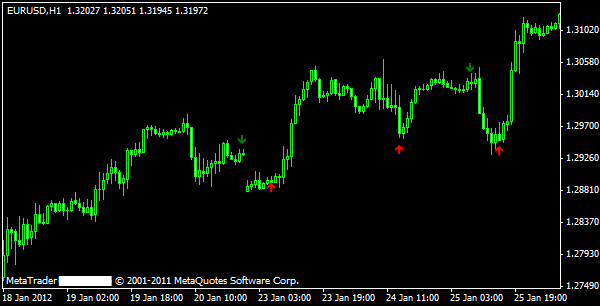
At FOREX you buy or sell currencies. The goal is to exchange one currency for another in the expectation that the purchased currency will increase in value compared to the one sold..
Here is a small calculation example:
The EUR/USD exchange rate is 1.1800. You decide 10.000 Euro to buy, you pay for it (10.000 x 1,1800 = 11.800) 11.800 USD.
The price rises 1.2500 and you decide, for sale again. For your 10.000 But now you get euros (10.000 x 1,2500 = 12.500) 12.500 USD.
The difference between the 11.800 USD and the 12.500 USD so 700 USD is your profit.
The right reading of a course
The exchange rate is the ratio of the value of one currency to the value of another. The rate USD/EUR tells me how much US dollar I get for one euro, or vice versa how many euros I need to buy a US dollar.
Currencies are always quoted in pairs, such as.B. GBP/USD or EUR/JPY. The reason for these pairings is the, that with every trade on the FOREX market one currency is bought simultaneously and another is sold. This is an example of the exchange rate for British pounds compared to US dollars.
GBP/USD = 1.7500
The first currency on the left side of the slash. “/” is the base currency (in this example, the British pound), while the second on the right is called counter or odds currency (here the US dollar).
The exchange rate tells me how many units of the counter currency I have to pay to get a unit of the base currency. In our example, you would have to 1.7500 US Dollar pay by 1 British Pound to buy.
The base currency is always the basis for a buy or sell. When you buy EUR/USD, does this mean that, that you buy euros and sell US dollars at the same time. You will buy the pair if you think, that the value of the base currency, compared to the counter currency, increased.
When selling the pair, you assume that the value of the base currency will decrease.
Long or Short
First you should determine whether you want to buy or sell. If you want to buy (what does it mean to buy the base currency and sell the counter currency), expect the value of the base currency, compared to the counter currency, increases to sell you again at a later date and at a better price. We also refer to this as “Long position” or “going long”.
Do you want to sell (Sale of the base currency and purchase of the counter currency), then you expect the value of the base currency to decrease compared to that of the counter currency. Later, you could then buy back the base currency at a smaller price. This is also referred to as a “Short position” or “going short”.
We remember:
Long position = buy
Short position = sell
The spread – The range – Price difference
The spread is one of the first terms, which one encounters in the Forex world and by which one is constantly accompanied.
Simply put, the spread is the price difference between An- and selling price (Bid and Ask) a monetary currency. If on the market e.B. an offer at 1,2345 and the demand for 1,2348, then the price difference is 3 Pips.
When you open a trade, the spread between 1 and 10 or be more pip high. The higher the spread, the higher your cost of a trade is practically. When the demand 10 Pips is higher than the offer, you must at least 11 Pips do well to 1 Pip profit to achieve. 10 Pips are then the range for the broker. Therefore, attention should definitely be paid to it, how high the spread is, before placing an order.
The Bid (Bid price) is the price a broker is willing to pay for switching to the counter currency. For you as a trader (Dealer) does this mean that, the bid is the price at which you sell.
The Ask (Letter- or offer price) if that price is also a broker selling the base currency against the counter currency. For you, the Ask is the price at which you buy.
The difference between Bid and Ask will “Spread” called.
Where does the spread come from??
There is a spread everywhere, where to trade. On the stock market, for raw materials and also at the flea market – it's simply the span between shopping- and selling price. The trader will always charge a higher price, how he paid. How high the spread is depends on the transparency and liquidity of the market.
Since the Forex market is enormously liquid and anyone can trade from the Internet, the spread in forex trading is extremely low and often accounts for only a few fractions of a cent.
Detailed information on the spread
In the following examples, we will use fundamental market analysis, to help you decide whether to buy or sell a currency pair. We will take a closer look at the topic of market analysis later, for now, just pretend you know what it's all about, You will understand.
EUR/USD
The euro is the base currency and consequently the basis for any buy or sell. If you think the US economy is showing weaknesses for even longer, which also has a negative impact on the dollar exchange rate, then you would buy EUR/USD (Long position). So you buy euros in the expectation that it will rise against the USD. Do you think that the US economy is gaining strength and thus the euro is losing against the US dollar?, then you would sell EUR/USD (Short position). With this you sell euros because you expect the euro exchange rate to fall compared to the US dollar.
USD/JPY
in this example the us dollar is the base currency. Assuming that the Japanese government weakens the yen to drive the export economy, you would buy the USD/JPY currency pair (Long position). In this case, you would buy US dollars, because you expect it to rise against the yen. Think Japanese investors pull their money out of the US financial market and switch back into yen, so hurt the US dollar, then you would execute a short position order USD/JPY. You are running out of US dollars because you expect it to lose against the yen..
GBP/USD
Here, the British pound is the base currency and thus the basis for any purchase or sale. Think the UK economy continues to grow faster than the US economy, then you would execute a long position order. They buy pounds and expect the pound against the US- Dollar increases in value. But if you think the economic growth of the British is slowing down, while the US- Economy is still on the rise, then go short position GBP/USD. You are selling the British pound as you expect it to fall against the USD.
Leverage – Lever – Leverage
Leverage – Making a big difference with small amounts – In the world of FOREX, you will always come back to the term “Leverage” in German “Lever” push. What is it all about?? Leverage is a helpful tool in FOREX- Trade. You should know how leverage works and how to use it. Leverage allows you to trade with significantly higher sums than you invest yourself.
For example, trade with 100 USD and a leverage of 1:100, then the broker invests extra for every dollar of you 99 Dollar. So you can therefore use 100 USD the comparatively large amount of 10.000 Control USD. With some brokers, you can leverage up to 1:400 act.
But always remember that with a larger leverage not only the chances of winning increase, but also the risk of loss. With reliable market forecasts, leverage of 1:400 lead to large profits even with small price fluctuations. As a beginner or unclear trends in the market, however, you should definitely use a smaller lever, to reduce the risk of loss.
Foreign exchange is used in “Lot” (Lot, Batch size) traded. We will discuss the topic “Lot” Treat in more detail later. Briefly explained is a lot, the minimum amount that can be traded. All brokers trade with lot sizes of 10.000 Units (USD, EUR, Yen, …).
You don't have a 10.000 USD, No problem, we have our leverage. With a leverage of 1:400 you can already use 25 USD ( 25 x 400 = 10.000 ) open a trade.
In order to use 100 Usd to set a trade is therefore a leverage of at least 1:100 necessary (100 x 100 = 10.000).
Advantage of trading with leverage, the maximum loss with the broker is limited to the initial investment of the trade, while potential profits are practically infinite. A trade is automatically closed when the price drops below the price you are covering (Exceptional case in extreme market conditions).
Leverage can be your best friend with skillful handling, but also your biggest enemy if you handle it recklessly. Leverage is an ingenious tool to increase profits, and today hardly any dealer does without it.
Calculation example:
You think economic signals are indicating that the British pound is strengthening against the US dollar (assumed rate GBP/USD = 1,5000). You decide to 15.000 USD British Pounds to buy. For a course of 1,5000 and 15.000 USD, get it 10.000 GBP (a lot). With a leverage of 1:100 are only 150 USD needed to open with these trades.
Your prognosis is confirmed, after a short time the course is over 50 Pips climbed and you decide to sell (current rate GBP/USD = 1,5050). Now the 10.000 British pound no longer 15.000 value but 15.050 Worth US Dollars. The Hammer, the won 50 USD go to your account alone. From the 150 are 200 US Dollar.
In short:
Even with small price movements and low equity, enormous profits are possible for you with the help of leverage.
Rollover – Overnight position
Most of your positions you will close the moment you opened the position. But should you ever decide to hold a position overnight, this is automatically transferred to the next trading day. The transferred positions are often not identical in value. The difference depends on the currency pair and the interest rate difference between the two currencies.
